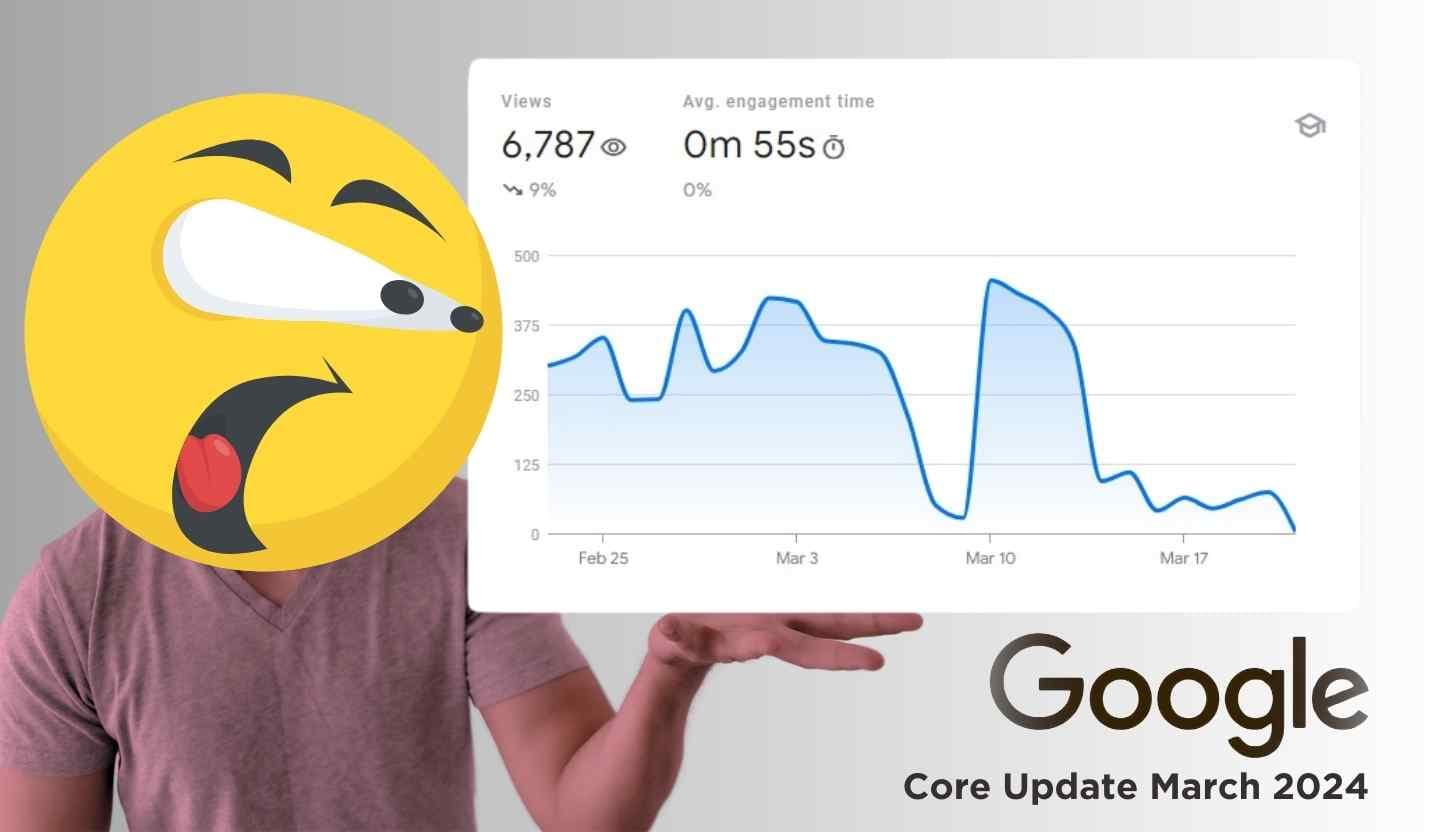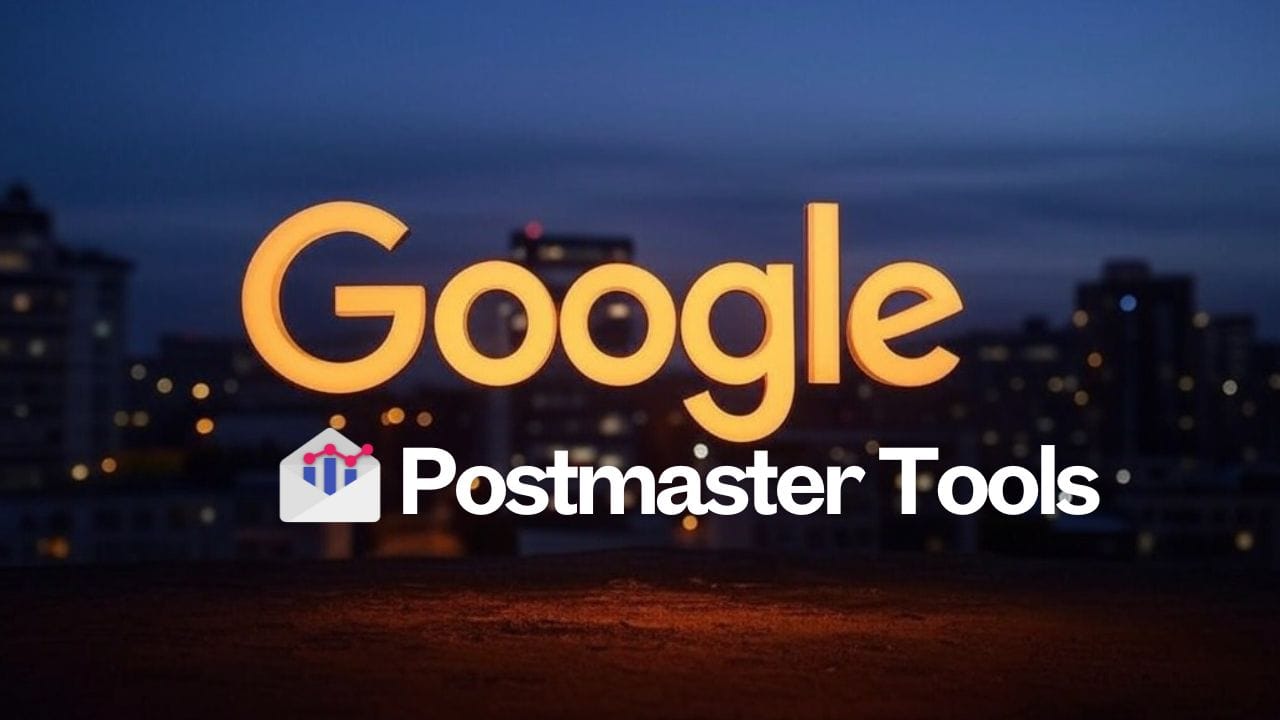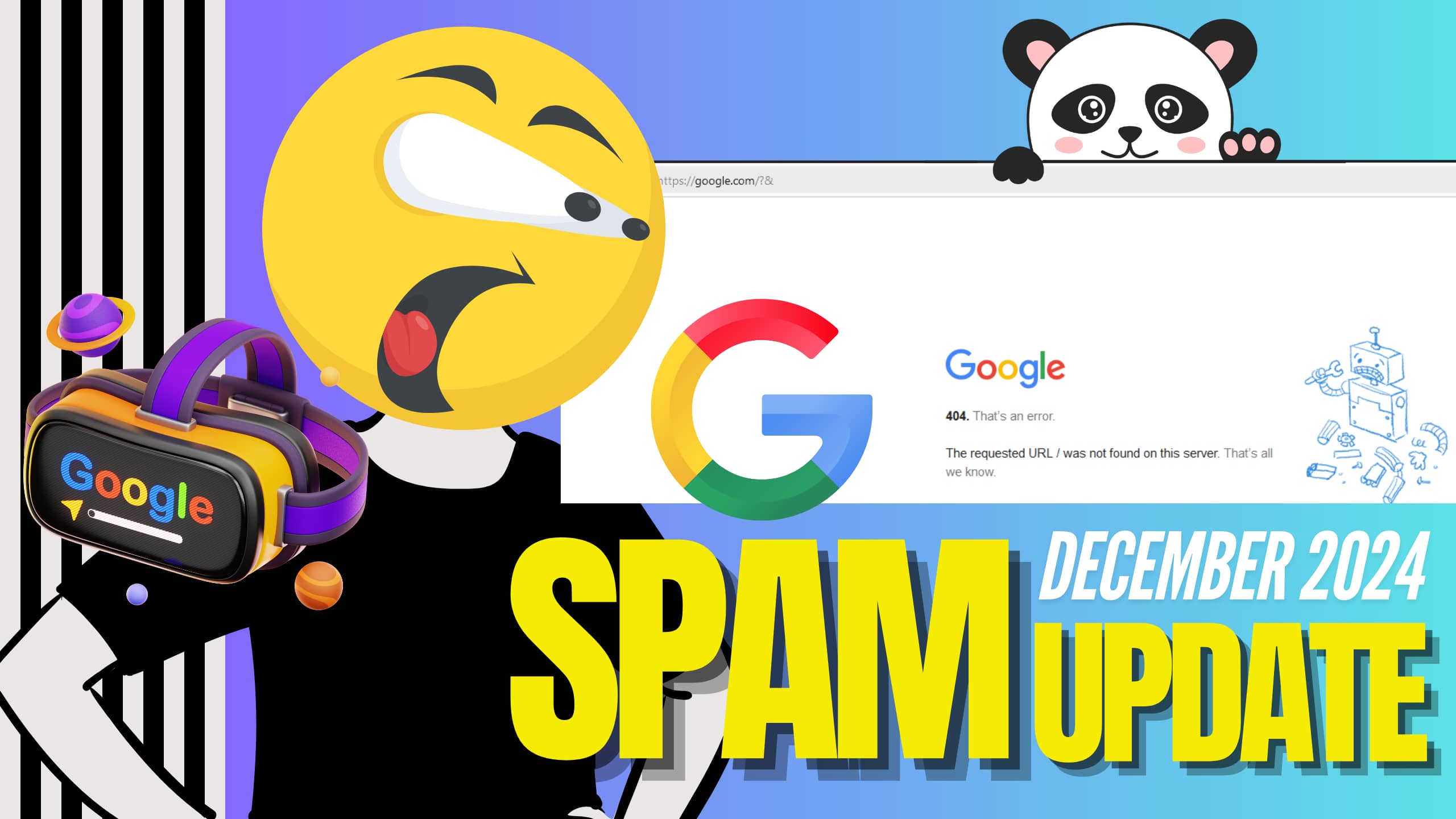In this post, we’ll look at two important parts that is Google core update and spam updates. Google Core updates are big changes to how Google ranks websites, affecting where they show up in search results.
Google Spam updates march 2024, meanwhile, crack down on websites using sneaky or dishonest tricks to get higher rankings. We’ll explore the best ways to handle these updates well and check out what’s new in the world of SEO.
Contents
Insights from Website Owner
February 2024, a month marked by widespread complaints from website owners and SEOs worldwide in the Google Analytics community regarding the influx of referral link spam attacking their websites. In response to this challenge, I’ve penned a blog detailing effective solutions to tackle and rectify this troublesome referral issue.
After the Google spam update ended on March 20, 2024, I decided to investigate why my website’s traffic had taken a nosedive. Checking Google Search Console, I found a bunch of spammy referral links that SEOs had been talking about in the Google Analytics community. This spammy link problem started around mid-February and lasted until early March. Interestingly, when the spam update kicked in on March 5th, my website’s traffic dropped even more. In February, a big chunk of my traffic was actually coming from these spammy referral links.
Referring links from other websites:
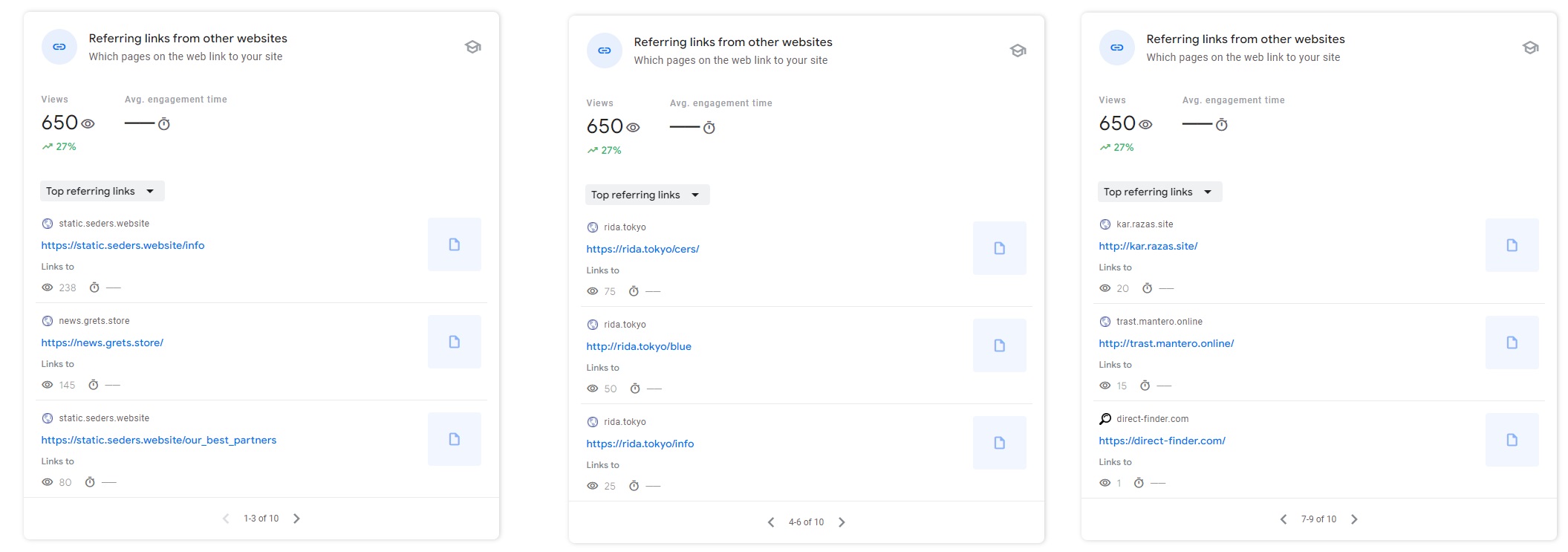
Manual actions:
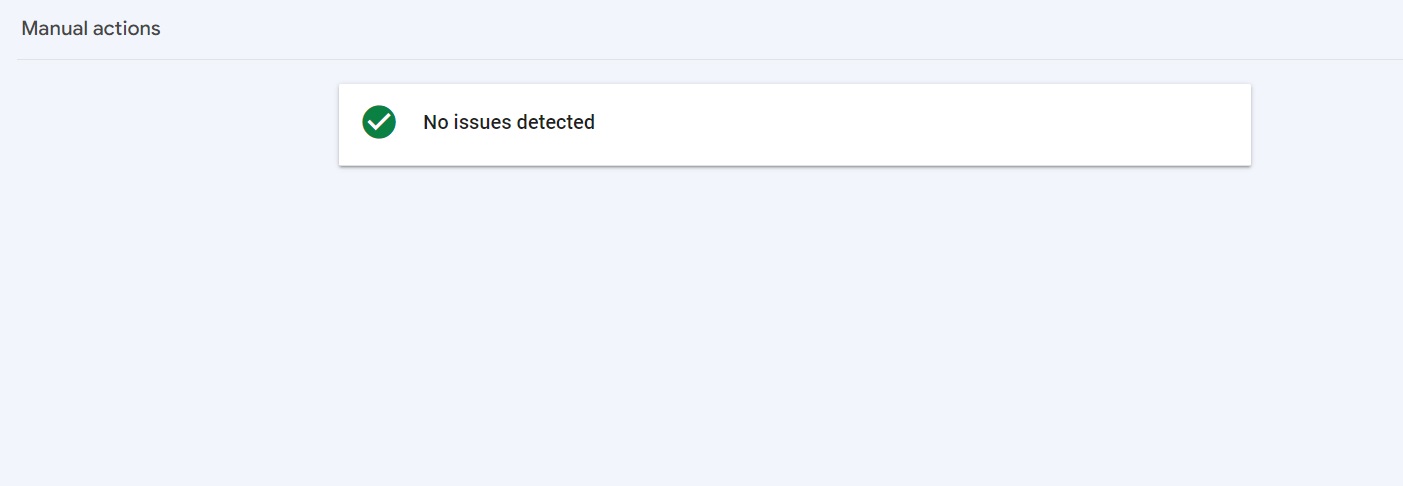
Site Overview:
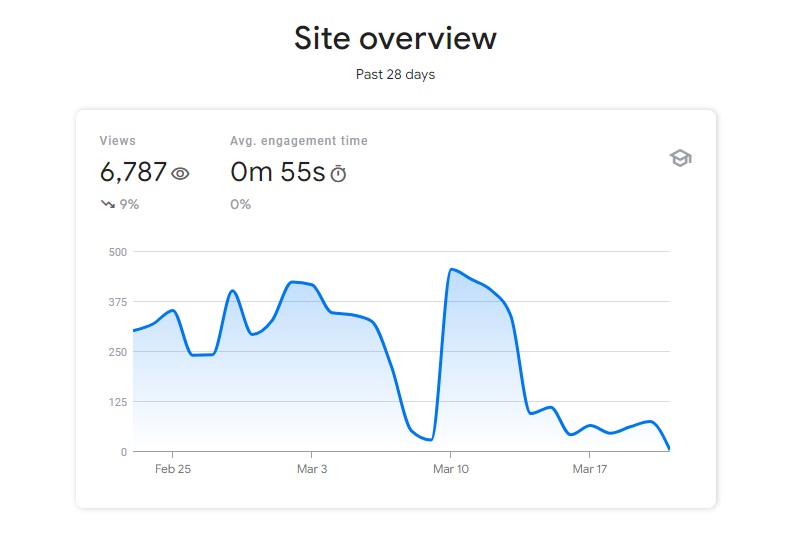
A newly performing website with a handful of organic backlinks suddenly experienced a significant drop in traffic due to an onslaught of spam referral links. Interestingly, those who were vocal about these same referral links in the Google community are now suspected of having purchased these spammy links. It raises questions: Have their websites also been affected by the spam update, just like mine?
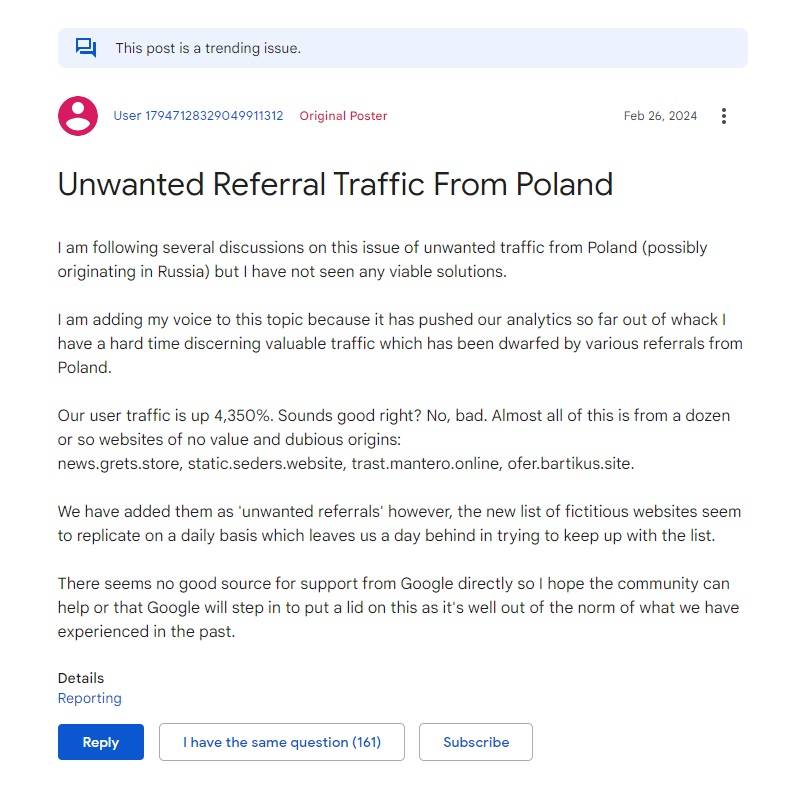
Explore this trending issue in Google Community
The ups and downs in website traffic caused by spammy links and Google’s spam update show how SEO keeps changing. Lots of website owners, like me, saw big changes in traffic and where our sites show up in searches. It’s super important for all website owners to check their Google Search Console often for any weird stuff related to spam. If we stay alert and ready to act, we can handle the effects of spam updates better and keep our websites doing well online. Did you notice anything similar in your Search Console? Let’s watch out for any surprises and adjust our plans as needed.
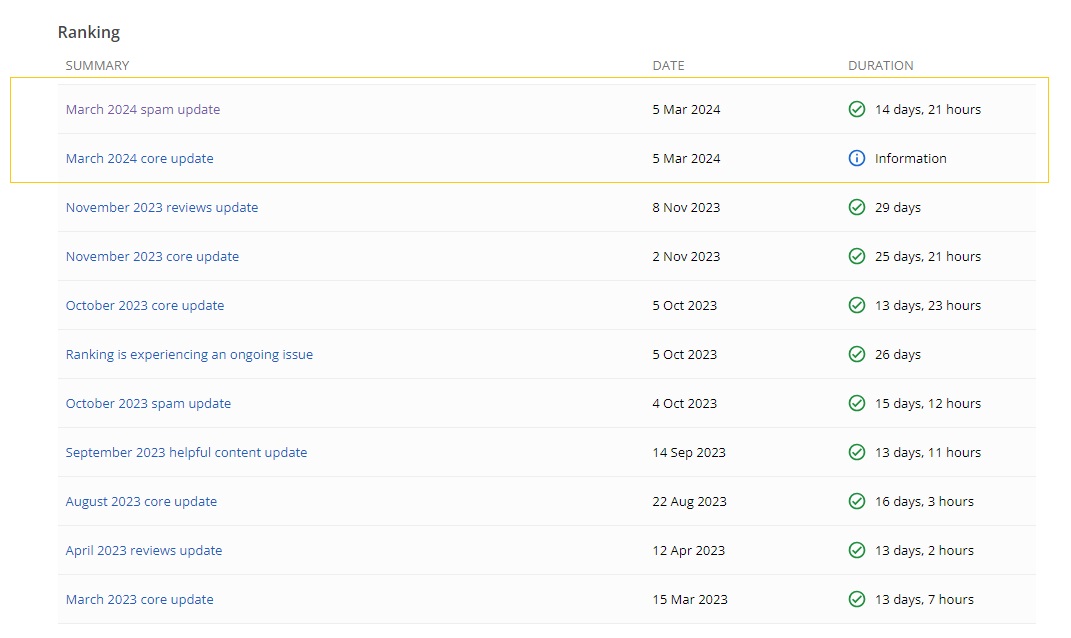
Check here: Google Core Update Status
What is Google Spam update?
A Google spam update refers to a change or series of changes to Google’s search algorithm aimed at combating various forms of web spam. Web spam refers to manipulative or deceptive techniques that some websites use to try to artificially boost their search engine rankings, often at the expense of providing quality and relevant content to users.
Google’s spam updates are designed to identify and penalize websites that engage in spammy practices, such as keyword stuffing, cloaking, link schemes, or other forms of manipulation. These updates aim to ensure that the search results are more reliable, trustworthy, and relevant to users by promoting high-quality content and penalizing those that try to game the system.
Like core updates, Google typically announces spam updates and provides guidance to webmasters and SEO professionals on how to ensure compliance with Google’s quality guidelines and avoid penalties. These updates are part of Google’s ongoing effort to maintain the integrity and usefulness of its search engine.
Recommended for you: How to recover from Google core update 2024
Best Practices to tackle Google’s spam updates
Dealing with Google’s spam updates requires a proactive and vigilant approach to ensure your website remains compliant with Google’s guidelines. Here’s a comprehensive strategy to tackle Google’s spam updates effectively:
1. Stay Updated and Educated
- Stay informed about Google’s spam update announcements, algorithm changes, and Webmaster Guidelines.
- Regularly monitor reputable SEO news sources, Google Webmaster Central Blog, and industry forums for updates and insights.
- Educate yourself and your team about black hat SEO techniques, spam signals, and Google’s criteria for quality content.
2. Audit and Clean Up Your Website
- Conduct a comprehensive audit of your website to identify and address any existing spammy elements.
- Remove or disavow low-quality backlinks, spammy content, and irrelevant pages.
- Check for duplicate content, keyword stuffing, hidden text, and other deceptive tactics, and rectify them immediately.
3. Content Quality Assurance
- Ensure all content on your website is high-quality, relevant, and adds value to users.
- Avoid keyword stuffing, cloaking, doorway pages, and other manipulative content practices.
- Regularly review and update your content to maintain freshness and accuracy.
4. Backlink Analysis and Management
- Monitor your backlink profile regularly for any suspicious or spammy links.
- Disavow toxic backlinks using Google’s Disavow Tool to signal to Google that you don’t endorse those links.
- Focus on acquiring high-quality, natural backlinks from authoritative and relevant websites.
5. Technical SEO Optimization
- Ensure your website follows best practices for technical SEO, including proper site structure, mobile-friendliness, and fast loading times.
- Fix any crawl errors, broken links, or other technical issues that may negatively impact your website’s performance.
- Implement structured data markup to enhance search engine understanding of your content.
6. Engage in Ethical SEO Practices
- Embrace white hat SEO techniques focused on providing value to users and improving user experience.
- Build relationships with reputable websites and influencers in your industry for natural link-building opportunities.
- Create valuable, shareable content that attracts organic traffic and social engagement.
7. Regular Monitoring and Reporting
- Continuously monitor your website’s performance, traffic, and rankings using tools like Google Analytics and Google Search Console.
- Set up alerts for any sudden drops or unusual patterns in traffic or rankings that may indicate a penalty or algorithmic change.
- Generate regular reports to track progress, identify areas for improvement, and demonstrate compliance with guidelines.
8. Compliance with Webmaster Guidelines
- Adhere strictly to Google’s Webmaster Guidelines and avoid engaging in any practices that could be perceived as spammy or manipulative.
- Regularly review and update your website’s privacy policy, terms of service, and other legal documentation to ensure compliance with regulations.
9. Continuous Learning and Adaptation
- Stay agile and adaptable to changes in Google’s algorithms and industry trends.
- Invest in ongoing education and training for yourself and your team to stay ahead of the curve.
- Experiment with new strategies and tactics cautiously, always prioritizing long-term sustainability over short-term gains.
10. Transparency and Communication
- Be transparent with your audience and stakeholders about your SEO practices and efforts to maintain compliance with Google’s guidelines.
- Communicate any significant updates or changes to your website openly and honestly.
- Provide clear channels for users to report spam or suspicious activities on your website.
By implementing these strategies, you can proactively protect your website from potential penalties and maintain its integrity and visibility in search engine results pages, even in the face of Google’s spam updates. Remember that prioritizing user experience and delivering valuable, high-quality content are key to long-term success in SEO.
Here’s a table outlining best practices to tackle Google’s spam updates:
| Best Practice | Description |
|---|---|
| Follow Google’s Quality Guidelines | Adhere to Google’s Webmaster Guidelines, focusing on providing high-quality, relevant content for users. |
| Avoid Spammy Tactics | Stay away from manipulative techniques such as keyword stuffing, cloaking, hidden text, or link schemes. |
| Monitor Backlink Profile | Regularly audit your backlink profile to ensure it consists of high-quality, natural links from reputable sites. |
| Focus on Content Quality and Relevance | Create original, valuable content that addresses users’ needs and provides unique insights or solutions. |
| Improve User Experience | Enhance site usability, speed, and mobile-friendliness to provide a positive experience for visitors. |
| Build Natural, Organic Links | Foster relationships with other websites and earn links naturally through quality content and outreach efforts. |
| Diversify Anchor Text Usage | Avoid over-optimized anchor text and use a variety of anchor text types to maintain a natural link profile. |
| Regularly Monitor Site Performance and Rankings | Keep track of your site’s performance and rankings to quickly identify any issues and address them promptly. |
| Stay Informed About Google Updates and Guidelines | Stay up-to-date with Google’s announcements, blog posts, and guidelines to understand changes and adapt accordingly. |
Implementing these best practices can help mitigate the risk of being affected by Google’s spam updates and ensure that your website remains in compliance with Google’s quality standards.
What is Google Core Update?
A Google core update is a significant change to the search algorithm that Google uses to rank web pages in its search results. These updates are designed to improve the quality and relevance of search results for users by adjusting how Google evaluates and ranks web pages. Core updates can impact the search rankings of many websites, sometimes leading to significant changes in organic traffic for those sites. Google typically announces core updates in advance and provides guidance to webmasters and SEO professionals on how to adapt to the changes.
Best practices to tackle Google Core Updates
Creating a comprehensive strategy to tackle Google’s core updates involves a combination of various best practices in SEO (Search Engine Optimization) and content management. Here’s a structured outline for such a strategy:
1. Understanding Google’s Core Updates
- Research and understand the purpose and goals behind Google’s core updates.
- Stay updated with Google’s official announcements regarding updates.
- Analyze historical data to identify patterns and impacts of past updates.
2. Quality Content Creation
- Focus on producing high-quality, relevant, and authoritative content.
- Conduct thorough keyword research to target topics with search intent.
- Ensure content is well-written, engaging, and provides value to users.
- Diversify content formats (text, images, videos, etc.) to enhance user experience.
3. User Experience Optimization
- Prioritize user experience (UX) across all aspects of the website.
- Improve website speed and performance for faster loading times.
- Optimize site navigation and structure for easy accessibility.
- Ensure mobile responsiveness for seamless browsing on all devices.
4. Technical SEO
- Conduct regular technical audits to identify and fix issues like broken links, duplicate content, and crawl errors.
- Implement structured data markup to enhance search engine understanding of content.
- Optimize metadata (title tags, meta descriptions) for improved click-through rates.
- Ensure website security with HTTPS encryption and fix any security vulnerabilities.
5. Authority Building
- Build high-quality backlinks from reputable and relevant websites.
- Engage in guest posting, influencer collaborations, and industry partnerships.
- Establish expertise and authority within the niche through thought leadership content.
- Monitor and disavow toxic or spammy backlinks to maintain a healthy link profile.
6. Social Media Engagement
- Utilize social media platforms to promote content and engage with the audience.
- Encourage social sharing of content to increase visibility and reach.
- Monitor social media mentions and respond promptly to user inquiries and feedback.
7. Continuous Monitoring and Analysis
- Regularly monitor website performance metrics, including traffic, rankings, and conversions.
- Utilize tools like Google Analytics, Google Search Console, and third-party SEO software for insights.
- Keep track of competitors’ strategies and performance to identify opportunities and threats.
- Adapt strategies based on data-driven insights and adjust to algorithm changes promptly.
8. Adherence to Webmaster Guidelines
- Stay updated with Google’s Webmaster Guidelines and ensure compliance with best practices.
- Avoid black hat SEO tactics such as keyword stuffing, cloaking, and link schemes.
- Focus on creating a website that prioritizes user experience and adds genuine value.
9. Flexibility and Adaptability
- Understand that SEO is an evolving field, and strategies may need adjustments over time.
- Be prepared to adapt to changes in search algorithms and industry trends.
- Maintain a proactive approach to SEO by continuously learning and experimenting with new techniques.
10. Patience and Persistence
- Understand that significant improvements in search rankings may take time.
- Stay patient and persistent in implementing best practices and monitoring results.
- Focus on long-term sustainability rather than short-term gains.
By following these best practices and maintaining a proactive approach to SEO, website owners can mitigate the impact of Google’s core updates and improve their chances of maintaining or improving search rankings over time.
Google’s core updates Vs Google’s spam updates
Here’s a comparison table outlining best practices for dealing with Google’s core updates versus Google’s spam updates:
| Aspect | Google’s Core Updates | Google’s Spam Updates |
|---|---|---|
| Understanding | Research purpose, goals, and impact patterns. | Stay informed about spam signals and tactics. |
| Content Quality | Prioritize high-quality, relevant content creation. | Avoid low-quality, thin, or spammy content. |
| User Experience | Optimize for UX, speed, mobile responsiveness. | Ensure content and website meet user needs. |
| Technical SEO | Conduct regular audits, fix technical issues. | Avoid deceptive or manipulative SEO techniques. |
| Backlink Profile | Build authoritative, relevant backlinks. | Avoid acquiring spammy or low-quality backlinks. |
| Social Media Engagement | Promote content, engage with audience. | Avoid spammy or deceptive social media practices. |
| Monitoring and Analysis | Monitor performance, adapt strategies. | Monitor for spam signals, penalties, and trends. |
| Webmaster Guidelines | Comply with guidelines, avoid black hat tactics. | Adhere to guidelines, avoid spammy techniques. |
| Flexibility and Adaptability | Be prepared for changes, adapt strategies. | Stay agile to adjust to algorithm changes. |
| Patience and Persistence | Understand SEO evolution, focus on long-term. | Avoid shortcuts, focus on sustainable growth. |
These practices aim to ensure a website’s compliance with Google’s updates and guidelines, whether they involve core algorithm changes or spam detection measures. It’s important to stay informed, prioritize quality, and maintain ethical practices to navigate the ever-changing landscape of search engine optimization.
